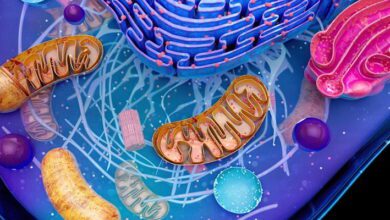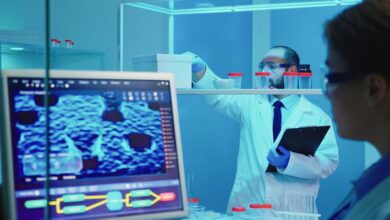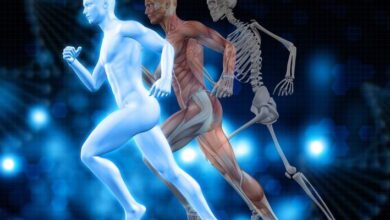Plant Physiology and Biochemistry MCQs with Answers

Welcome to the Plant Physiology and Biochemistry MCQs with Answers. In this post, we have shared Plant Physiology and Biochemistry Online Test for different competitive exams. Find practice Plant Physiology and Biochemistry Practice Questions with answers in Biology Tests exams here. Each question offers a chance to enhance your knowledge regarding Plant Physiology and Biochemistry.
| Plant physiology and biochemistry are integrated disciplines that try to achieve the discovery of intrinsic interactions governing physiological activities and biochemical functions of plants. Such interrelationships have been critical in advancing agricultural practices, improving crop productivity, as well as in designing environmentally friendly solutions for specific problems. These studies under this field of plant physiology include how plants grow, develop and respond to their surroundings. These include processes such as photosynthesis that transform light energy into chemical energy, respiration that releases energy from stored carbohydrates. These are the most important processes for the health of plants and their productivity. Under plant physiology, root uptake of water and nutrients and redistribution in vascular tissues, hormonal regulation of growth, and stress response are also included. It is the science that deals with the chemical processes occurring in the plant body. Primary metabolites include carbohydrates, proteins, and lipids, which apparently are indispensable for growth and energy storage. Secondary metabolites include alkaloids, flavonoids, and terpenoids that protect the plant against other organisms. Finally, enzymes responsible for catalysis of biochemical reactions are important in optimization of metabolic pathways and achieving better crop traits. This means that by integrating plant physiology with biochemistry, scientists can understand at the molecular and systemic level just how plants really work, which helps develop new agricultural technologies to build up and improve crop resilience and to serve in the face of global food security besides promoting environmental sustainability. |
Plant Physiology and Biochemistry Online Quiz
By presenting 3 options to choose from, Plant Physiology and Biochemistry Quiz which cover a wide range of topics and levels of difficulty, making them adaptable to various learning objectives and preferences. You will have to read all the given answers of Plant Physiology and Biochemistry Questions and Answers and click over the correct answer.
- Test Name: Plant Physiology and Biochemistry MCQ Quiz Practice
- Type: Quiz Test
- Total Questions: 40
- Total Marks: 40
- Time: 40 minutes
Note: Answer of the questions will change randomly each time you start the test. Practice each quiz test at least 3 times if you want to secure High Marks. Once you are finished, click the View Results button. If any answer looks wrong to you in Quizzes. simply click on question and comment below that question. so that we can update the answer in the quiz section.
Download Certificate of Quiz Plant Physiology and Biochemistry
On the end of Quiz, you can download the certificate of the quiz if you got more than 70% marks. Add a certificate to your job application or social profile (like LinkedIn) and get more job offers.
If you are interested to enhance your knowledge regarding English, Physics, Chemistry, and Computer please click on the link of each category, you will be redirected to dedicated website for each category.




